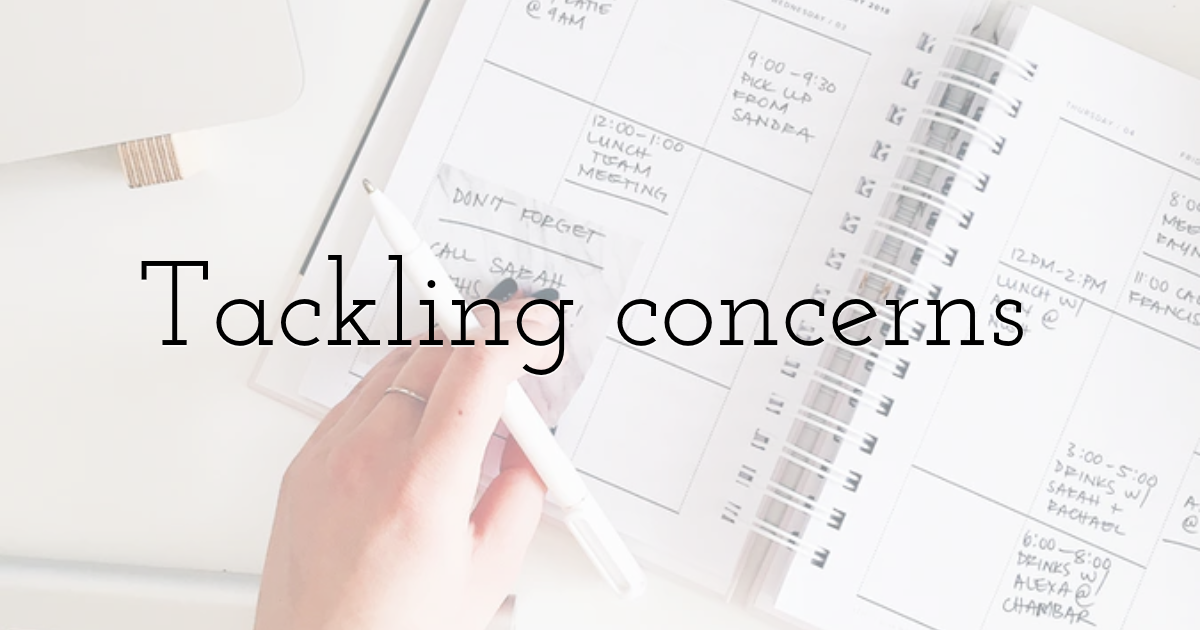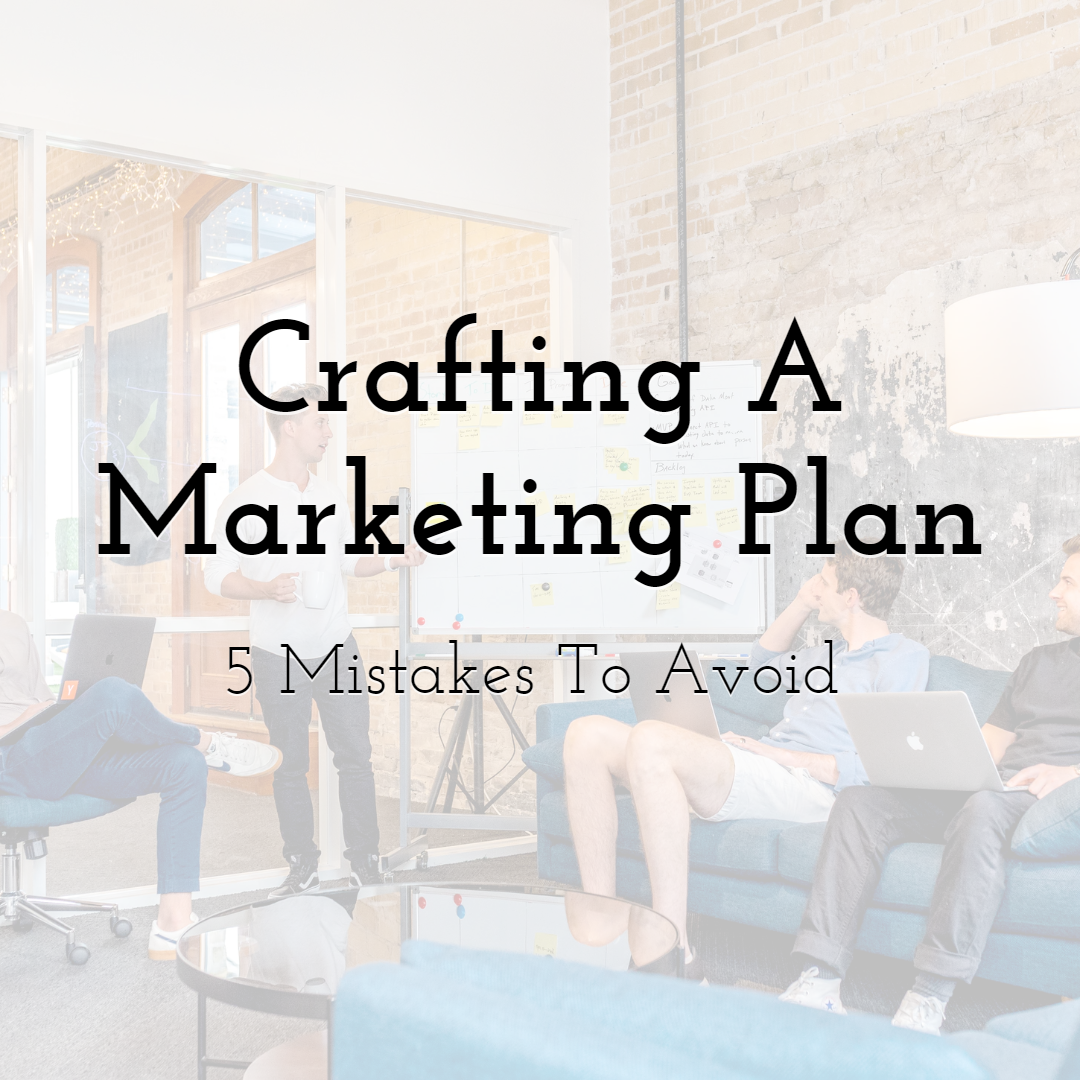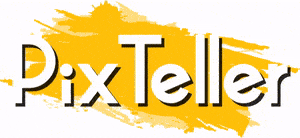8 Steps for Bringing Design Thinking to Your Sales Processes
 Make custom pictures for your blog with PixTeller graphic maker
Make custom pictures for your blog with PixTeller graphic maker
Selling a pitch with a designer mentality isn't that different. You don't have to be the next world-renowned painter, nor a doctor in speech and dialectics. You simply have to follow some clear sales procedures while bringing design expertise to the table. Honesty, experience, and resilience are still paramount. The only thing that changes is your artistic side.
-
1. Finding potential clients

Just like in any business, the client creates the necessity, and the market provides. Firstly, we need to find the client, understand his needs, and propose a solution in exchange for a fee. It sounds easy, but the reality is a bit more complicated. That's where the concept of prospecting or lead generation can help us. Also, readily-available online tools such as Hunter can help you validate the contact info.
After compiling a list of potential customers and their information, review their design layout. Create a list of pros and cons about their website design, logos, writing formatting, and so on. By conducting a general design examination, you'll identify the weak points to your advantage. Make sure to register strong points as well to offer an objective and credible analysis.
-
2. Establishing communication

With the design examination underhand, the salesperson can connect with the potential client. It doesn't matter if you cold call or e-mail. However, it's vital to make a compelling argument about his consumer needs and ways to enhance his design strategy.
The following component is especially important. If you present suggestions adequately, the client will recognize that you have his best interests at heart. If he agrees with at least one of your points, he'll consider your company a valuable resource. Subsequently, the chances of collaboration increase drastically.
Pay attention to how you pitch to intellectual clients such as teachers, doctors, essay writers, workers at dissertation writing service, and psychologists. These people have experience with words and can recognize cheap tricks of the trade. Try to appear extra sincere with this group of people.
Remember to promise value without actually saying the words. The customer has to arrive at this conclusion on his own. Use your background knowledge, avoid being invasive, and build a relationship based on mutual growth.
-
3. Asking qualifying questions

After establishing initial contact, you'll have to make sure you're pitching to the right representative. Prepare a list of questions before the call. Keep track of the answers to determine the authority level or if he's in direct contact with the decision-maker.
- • Ask about their objectives and how your product can expedite their goals.
- • Query about their budget to see how fast they can buy.
- • Assess their level of knowledge and propose solutions.
We can summarize the whole framework under the acronym BANT (Budget Authority Need Timeline). The main idea is to decide if there's a mutual match. This way, you'll have the opportunity to tailor your pitch and avoid wasting time.
-
4. Demonstrating competency

Here's where your designing skills come into effect. Until now, you've let your rhetorics do the work, but now you'll have to demonstrate your design talents.
Find a flaw in your customer's firm that is best suited to showcase your skills. Sure, we're not talking about resolving the problem altogether — that would defeat the purpose — just a small product demo to prove you're businessworthy.
You'll have to balance out the type of flaw you're choosing and how it demonstrates your capabilities. Try to personalize the product demo as much as possible to fit your lead's necessities. You have to compel the saying, "that's exactly what I need!"
Another good advice is to avoid being invasive and needy. Address the problem as a consultant and make them realize they're missing out.
-
5. Tackling concerns

Pitching should never be a monologue. You'll rarely convince someone to buy instantly without additional questions, apprehensions, or negotiations. And that's a good thing! You want your audience to be engaged and curious. It will give you room to wiggle the sale in the right direction.
Nonetheless, you'll have to be spontaneous and informed about the trade. Try to appear an expert on the matter and address concerns directly, without hesitation. Remember that this is the last step towards securing the deal. It's where you win confidence by exerting knowledge and control.
Ethics and empathy are big players in this crucial step. Put yourself in his shoes and try to mitigate fear and anxiety. Be as sincere and up-front as possible.
-
6. Securing the deal

Now that we've finished the hard work, it's time to take care of formalities. Easier doesn't mean less important. There are several things to take care of before exchanging signatures.
Create a formal, easy-to-read proposal and negotiate the details. Obtain confirmation for authorities on both sides. Don't forget to study the contract and double-check. Things to consider:
- • Create an offer to incentivize the client. Go for something credible such as a first-time buyer discount rather than a seemingly fake one such as a limited time offer.
- • Restrict the number of available options to prevent decision paralysis.
- • Explain your doubts and concerns regarding the legality and reputation of the firm. It will encase your ethics and exclusiveness, and will most likely help your prospect realize that he's more than ready to move forward.
-
7. Hopping onboard

Even after closing the deal, there's plenty of room for growth. The next step is securing the client for a long-term relationship. Client retention has its bases on continuity. And what better way of ensuring stability than maintaining an already successful connection between the parties — inertia is the keyword here.
The design company should try to assign the client to the sales representative who landed the deal. The sales rep has already done his research and problem-solving for the target firm.
Although a slight cliché, customer service is fundamental in surpassing competitors. Put a solid effort towards guaranteeing impeccable customer service from here on oand deut, liver.
-
8. The follow-up

The last point of our list is one of the most overlooked concepts in sales. Checking up with clients and potential clients doesn't have to be a hackling experience. Sure, the oldest trick in the book is to ask about their families, hobbies, and interests. Still, we're going after something more concrete: "how's business?"
That's what pragmatic people want to hear: "how's work, having any problems, how can I help?" Nurturing a relationship with substance, rather than form might provide the best results. Stay relevant to the issue at hand, and you'll find small gaps to get referrals, cross-sell, or even upsell. Even stable clients appreciate a quality assurance call from time to time.
Consider that the average deal takes up to five follow-ups to secure it down, according to several college paper reviews online at research paper writing service. Keep tabs on the timezones. You don't want to call in the middle of the night or on a Sunday. So, leave shyness away, and call again today!
Final Words
Selling with design thinking follows the same rules as any other type of sales. You'll need to secure some leads and compile relevant information about them. Through market analysis, examine flaws and propose solutions while bringing design knowledge into the discussion. A natural conversation about mutual growth is fundamental in securing the deal — don't forget to follow-up once in a while.
Until next time, Be creative! - Pix'sTory made by Michael Gorman
Michael Gorman is a highly skilled essay writer and proofreader from the UK who currently works for best online essay writing services. His current assignment is with an assignment writing service that provides thesis and dissertation service to research students. His professional-level writing skills and great subject knowledge has won him several accolades from well-known institutions.
Recommended posts
-

Explore Smart SEO Tips to Boost Your Video Marketing in 2020
Read More › -

5 Powerful Ways to Elevate Your Business with Digital Marketing
Read More › -

5 Mistakes to Avoid when Crafting a Marketing Plan
Read More › -

5 Reasons to Invest in Creating Visually Appealing Content
Read More › -

5 Best Practices for Drafting Perfect Newsletter Design
Read More › -

User Friendly Video Editing Software
Read More ›
